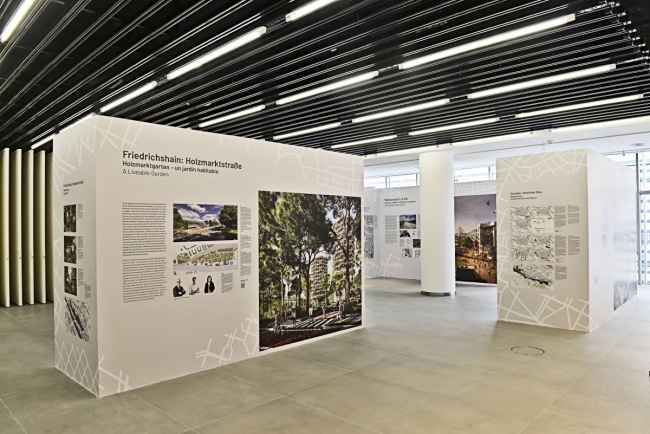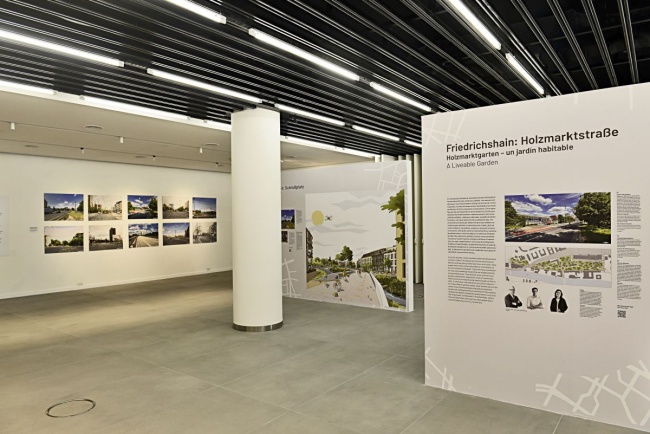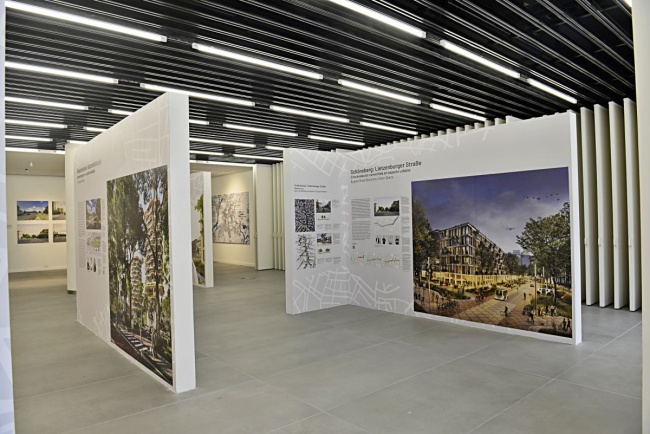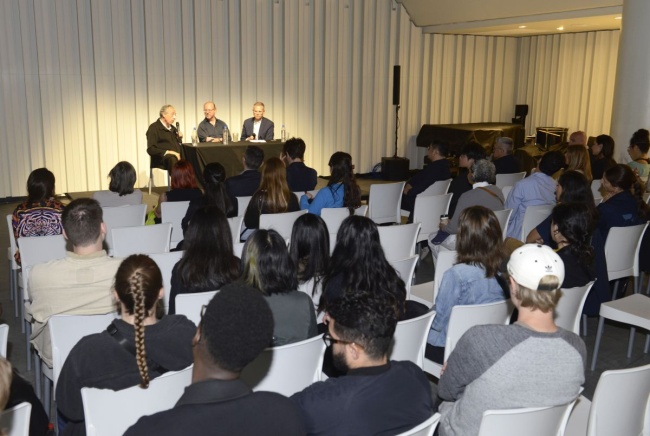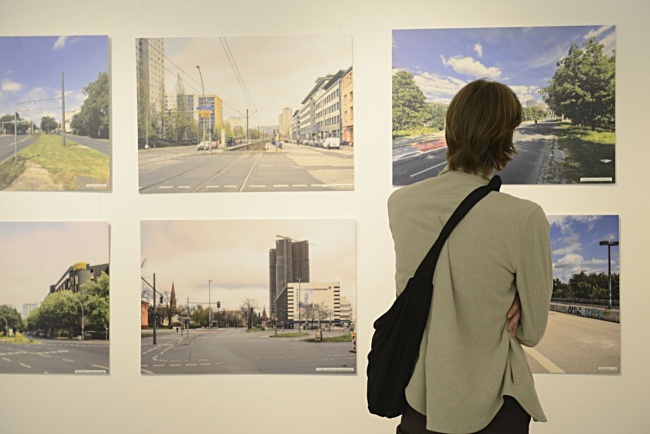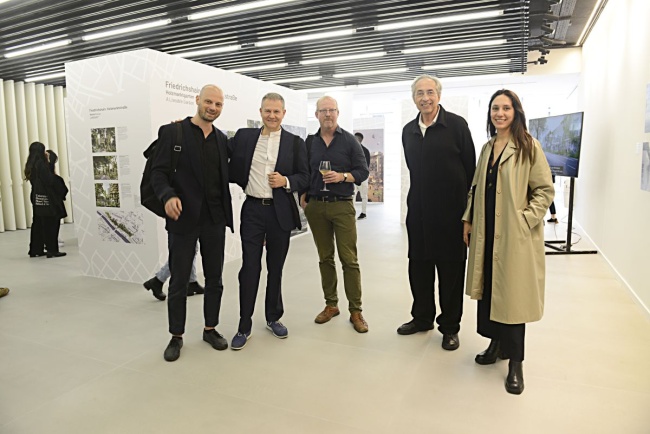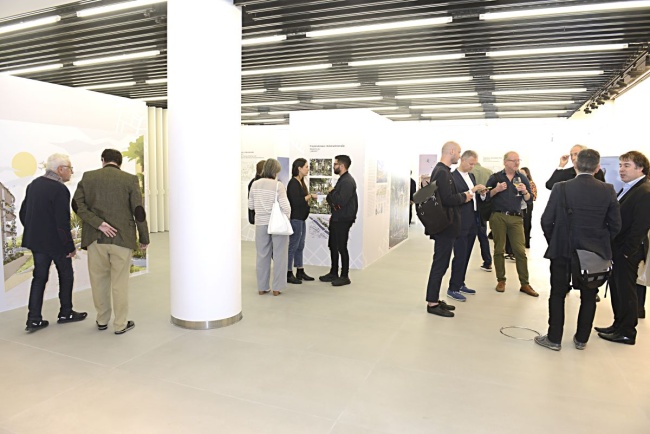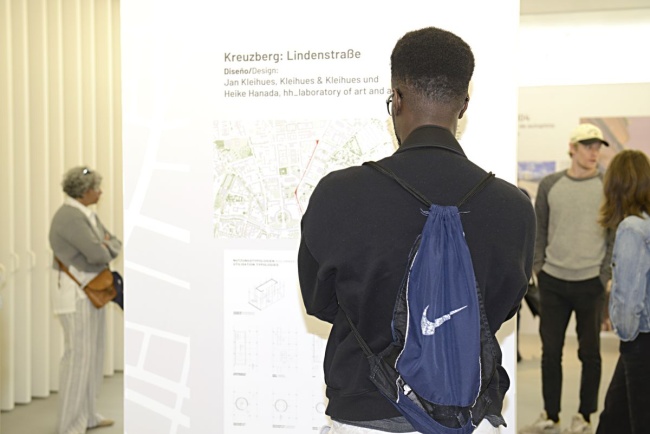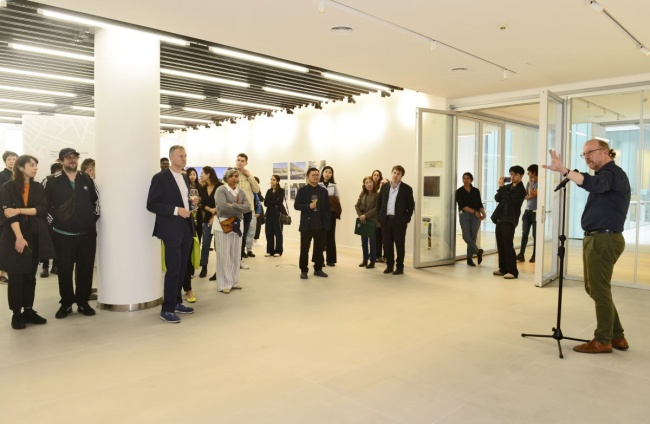‘Great streets of Tomorrow’ at the International Architecture Biennial in Buenos Aires 2024
At the International Architecture Biennale in Buenos Aires, Argentina, the Architekten- und Ingenieurverein zu Berlin-Brandenburg e.V. (AIV) presented the ‘Great Streets of Tomorrow’, part of the exhibition and event project ‘’immer modern! Berlin and its Streets. 200 years of architecture, urban planning and engineering for Berlin’.
The biennial took place at various locations in Buenos Aires. ‘immer modern!’ was opened and shown on 7th October at 11 am local time at Arthaus, Bartolomé Mitre 434, with a panel discussion between the curator of the ‘Great Streets for Tomorrow’, Ulrich Brinkmann, and the architect Sergei Tchoban, whose office worked on one of the ten streets for tomorrow. Brinkmann also presented the AIV contribution to the public at the Faena Art Center on 10th October.
Since 1985, Buenos Aires has hosted the International Architecture Biennial, one of the most important events in the region and a pioneer of Latin American biennials. The event is considered one of the three most important biennials alongside Venice and São Paulo. In this context, Buenos Aires becomes a place of networked cultural dialogues, conferences of renowned architects from all over the world and exhibitions where architecture is at the centre of the discussions.
Tobias Nöfer, AIV Chairman: ‘We are very pleased that we are represented internationally with the topic of Berlin's roads. This shows that the topic of our current project, with all its future challenges due to climate change and the transport transition, is highly topical and affects not only Berlin, not only German cities, but all metropolises worldwide.’
Brinkmann adds: ‘Climate change and the changes in mobility, plus the experience of the pandemic, require us to think about what the main roads of tomorrow could look like. The ‘brittle spaces’ of the present - highly resilient for one purpose, but less efficient in integrating different needs - need to become more flexible again, more open to different demands: more interesting for people travelling on foot, safer for cyclists, more liveable for residents. Using the example of ten main streets in Berlin and Potsdam, the aim is to rethink the legacy of the car-friendly city.’
